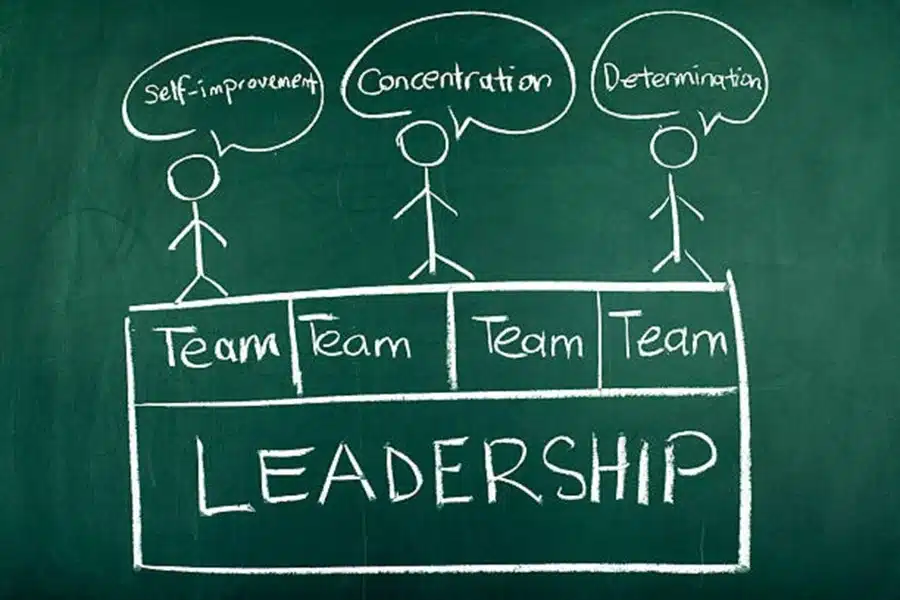
Category: Agile Leadership
Leading Agile Transformation through Emotional Intelligence
Date of Release: June 20th, 2023
Reading Time: 04 mins

Written by Farrah Koudsi
![]()
In today’s rapidly evolving business landscape, achieving agility is a top priority for organizations aiming to stay competitive. While technical skills and processes are crucial, emotional intelligence (EQ) has emerged as a powerful catalyst for accelerating agile product delivery and leading agile transformation. In this article, we will explore how investing in emotional intelligence can drive business agility, provide examples of its impact on agile product delivery, and demonstrate its transformative potential for leading agile transformations. Additionally, we will discuss the consequences of lacking emotional intelligence and identify who can benefit from developing this essential skill in the context of agile practices.
To embark on your journey, here are some recommended resources for developing emotional intelligence within an agile business context:
- “Emotional Intelligence for Agile Teams” by Crystal Kadakia
- “Agile Emotional Intelligence: The Key to Unlocking Your Team’s Potential” by Jaime Levy
- “The Agile Leader: Leveraging the Power of Emotional Intelligence” by Zapata, Bergman, and Dezcalzi.
- “Emotional Intelligence for the Project Manager: The People Skills You Need to Achieve Outstanding Results” by Anthony Mersino
- “Agile Leadership Toolkit: Learning to Thrive with Self-Management and Emotional Intelligence” by Peter Koning
- “The Agile Developer’s Handbook: Get More Value from Agile Software Development Projects with Emotional Intelligence” by Shimi Zhang
Why should you invest in Emotional Intelligence?
1. Collaborative and High-Performing Teams:
Emotional intelligence is the cornerstone of building collaborative and high-performing teams. By investing in emotional intelligence, individuals can foster trust, promote open communication, and effectively manage conflicts within agile teams. Emotionally intelligent team members understand the importance of empathy and active listening, which enables them to create a supportive environment conducive to innovation, continuous learning, and rapid product delivery.
Example: An agile development team with high emotional intelligence understands the diverse perspectives and emotions of its members. They proactively address conflicts, encourage open dialogue, and leverage emotional awareness to adapt and respond quickly to changes in project requirements. As a result, they achieve higher productivity, better decision-making, and ultimately, faster time-to-market.
2. Adaptive Leadership:
Developing emotional intelligence empowers agile leaders to navigate complex and uncertain business landscapes with agility. Emotionally intelligent leaders understand their own emotions, as well as the emotions and motivations of their team members. This understanding enables them to make informed decisions, inspire and motivate their teams, and create a culture of continuous improvement and learning.
Example: An agile leader with strong emotional intelligence promotes psychological safety within the team, encouraging individuals to experiment, take calculated risks, and learn from failures. They demonstrate empathy, actively seek input from team members, and adjust their leadership style to suit different personalities and situations. This leadership approach fosters a culture of trust, innovation, and adaptability, leading to successful agile transformations.
3. Customer-Centricity and Product Excellence:
Emotional intelligence plays a vital role in delivering customer-centric products of high quality. By cultivating emotional intelligence, agile teams develop a deep understanding of customer needs, pain points, and aspirations. This empathy-driven approach enables them to create intuitive user experiences, iterate quickly based on customer feedback, and continuously deliver value to customers.
Example: An agile product team with strong emotional intelligence proactively engages with customers, seeking feedback and involving them in the development process. They possess the empathy to understand customer emotions and motivations, allowing them to prioritize features that resonate with customers on an emotional level. As a result, they develop products that exceed customer expectations, generate customer loyalty, and drive business growth.
Disadvantages of Lacking Emotional Intelligence:
1. Poor Communication and Team Dysfunction:
A lack of emotional intelligence within agile teams can result in communication breakdowns, misunderstandings, and diminished trust. The inability to understand and regulate emotions may result in unresolved conflicts, damaged trust, decreased collaboration and impaired team performance.
2. Ineffective Conflict Resolution:
Individuals lacking emotional intelligence are being challenged when to navigating conflicts constructively in agile setting. They may react impulsively, escalate conflicts, or avoid addressing issues altogether, which can lead to team dysfunction.
3. Difficulty with Stress Management:
Without emotional intelligence, stress management becomes challenging. Individuals may experience heightened anxiety, struggle to cope with pressure, and have difficulty maintaining a work-life balance.
4. Limited Leadership Effectiveness:
Leaders who lack emotional intelligence may struggle to inspire and motivate their teams. Their inability to understand and connect with their team members’ emotions can lead to decreased engagement, reduced productivity, and higher turnover rates.
Who Can Benefit from Developing Emotional Intelligence in an Agile Context?
Developing emotional intelligence is valuable for individuals across various roles, particularly in agile environments. Whether you are a team member, scrum master, product owner, or leader, investing in emotional intelligence can greatly enhance your agility and contribute to overall success.
Conclusion:
Emotional intelligence holds transformative power within the context of agility, spanning work, relationships, and personal well-being. By cultivating emotional intelligence, individuals can elevate their communication, forge meaningful connections, effectively navigate conflicts, and emerge as effective leaders in agile settings. If you are ready to embark on the journey of developing emotional intelligence in an agile context, we encourage you to explore the specialized courses offered by 7sparx. These courses provide practical tools, strategies, and personalized guidance tailored to help you unlock your true potential and thrive in the agile landscape.
Remember, emotional intelligence is not just a skill but a powerful catalyst for success and fulfillment. Start your journey today with 7sparx and unlock the endless possibilities that emotional intelligence can bring to your life.
Trending Posts
Creating a Culture of Accountability within Your Agile Team
Accountability serves as the vital link connecting tasks to objectives and aligning individuals across an organization.
Last updated on 13th July 2023
The QA Team Should NEVER Find a Bug!
Many companies use metrics to measure the performance of the Sales Team, the Developers, the QA Team, etc.
Last updated on 14th May 2023
Do You Want to Save $50,000 per Developer per Year?
A number of case studies have shown that a typical developer spends 30% to 40% of their time fixing bugs.
Last updated on 11th October 2021
Follow Us

Creating a Culture of Accountability within your Agile Team
Accountability serves as the vital link connecting tasks to objectives and aligning individuals across an organization.

Pytest-BDD vs. Behave
Love it or loath it, Python is the language of choice for most Data Scientists – so if the work is done in Python and you are writing the requirements in Gherkin, what tool should you use to automate testing?

SBE BDD for Data Science
Data Science and Big Data are hot topics, and rightly so – companies can save huge sums, or dramatically increase sales, by analyzing the data that they already collect. Specification by Example is a great partner in this effort.
Be a part of SevenSparx community to enjoy free resources in your inbox!






